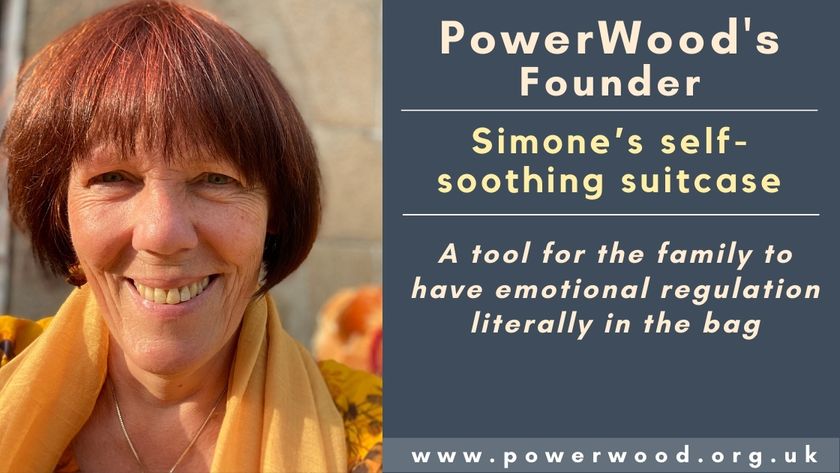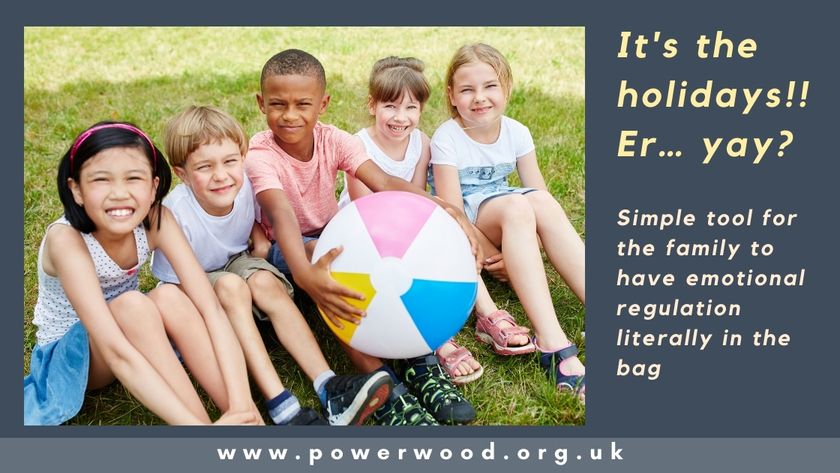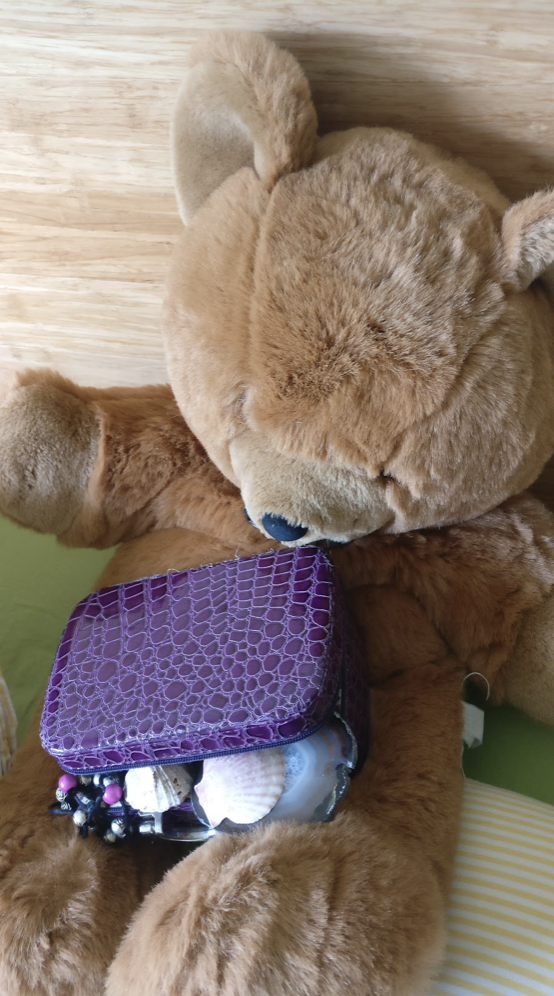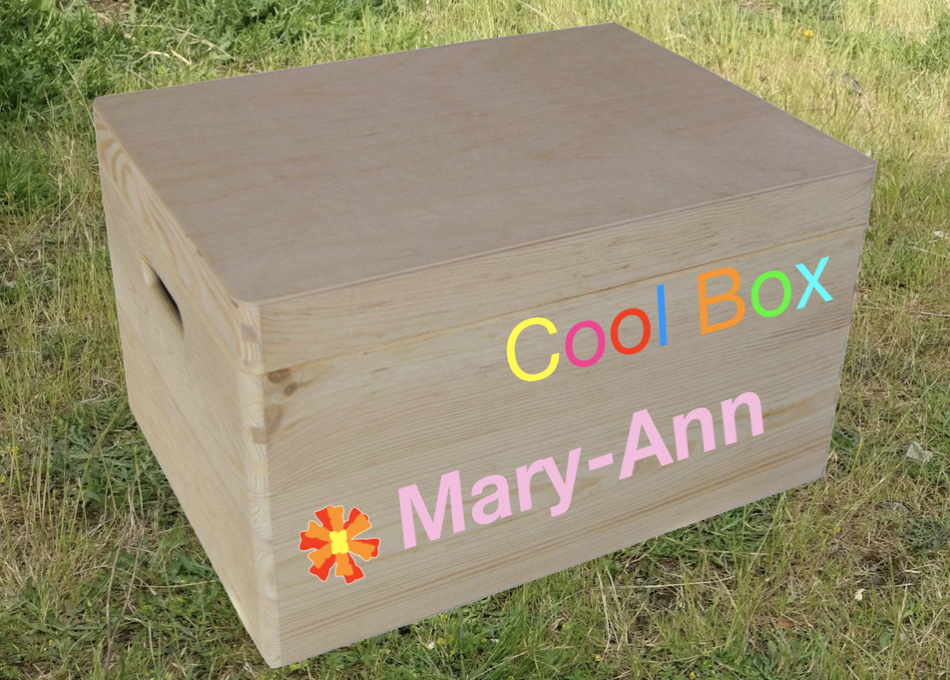
This post includes ‘the cool suitcase or cool box’, a tool to increase the emotional resilience of our child in challenging situations and is part of the Multifaceted Emotion Regulation Theory (MERT) developed by Simone de Hoogh.
One of the most frequent challenges brought up by PowerWood parents are transitions in whatever form.
“Mysterious ailments that come up at the end of term and that they are quite insistent about, increased meltdowns, increased worry about things that they usually wouldn’t, definitely overtired as well. We find at the end of term they do have lots of extra activities, and whilst they are fun, they change the normal routine and the children also sense that I am out of mine … Often they have missed the last few days of term because they have been ill.” Abigail about how she has experienced transitions being unsettling to her children.
It’s the holidays!! Er… yay?

Although often longed for by the children, the transition from a school year to the summer break can be unsettling, especially if that includes, as it often does, a change of schedule or going on a trip, leaving all the familiar behind.
In itself this is not so strange, in fact we can all experience being out of sorts around change and preferring the familiar. Evolutionarily speaking, change could be dangerous – unknown territory, unfamiliar food sources, new predatory animals or tribes. Therefore sticking literally within our comfort zone was the safer option, and one we are all a little hardwired to prefer.
However, in our children and for some of us in ourselves, we may find change very challenging, and sometimes those emotional reactions may come across as extreme, especially to neurotypical people.
On top of that, often our children behave well in school, and use all their energy to adapt to an often challenging sensory or emotional situation, so when summer comes they might be exhausted and there is no energy left for adaptive behaviour.
As parents we might be exhausted too, from the scaffolding support we give to our children and from being their advocate in school and with family and friends.
For us it can mean we have a longed-for summer break with the idea that letting go of the routine would give us extra space and time.
Let’s be fair, getting out of bed, having breakfast, having to get dressed, socks and shoes on, coat on, not forgetting anything (for the older ones), chivvying, tidying, maybe driving through traffic jams, all under pressure to be on time at school can be exhausting. The pressure experienced by both us, the parents, and our children can be a huge challenge.
And now finally summer has arrived and we are free! However, our children might not thrive by losing all their daily routine. Transitions can be quite unsettling and although we might be interested in using our new-found freedom to go on trips and do nice things, our child might prefer to stay home and might not be interested in undertaking anything. Transitioning can take all of a child’s energy.
You might also be interested in watching: Supporting Children through Transitions – Tips, Tools & Strategies with Simone de Hoogh – PowerWood
How to support our transitioning child
First, we try to strengthen our children’s and our own baseline – our emotional and physical resilience. For us, we can apply the 4-7-8 alarm or use our PowerBook to remind ourselves of how best to nurture our resilience. For our children we apply the cuddle/move/think alarm. It’s a good idea to start this process before the end of school so we are in the best possible position when the transition comes.
Next, we have a low-key self-care plan in place for the start of the summer. For example we can start the holidays with a non active ‘downtime week’ in which we are all expected to feel tired, a bit off because of the transitions and maybe grumpy. We can share our own plan for this with the children, so how they feel is normalised and is understandable and acceptable. We could, for example, just focus on having cosy, lazy hanging days, with as a framework our daily household routine of breakfast, snack time, lunch, afternoon break and supper.
We can together make a plan for this period of low-key selfcare – perhaps picking some books, films and lazy dinners to see us through. We can also have a clear itinerary for the rest of the summer. It may be helpful to have this visualised by a calendar with home-drawn or cut-out pictures of what is going to happen. This enables our children to have a greater feeling of control over the transition. We might also suggest that all family members are allowed to choose one day trip for the whole family, allowing each child and parent to choose something that they really enjoy.
The ‘cool suitcase or cool box’ (Tool)

For all those transitions, whether it is the end of term, start of the holidays, going back to school, birthdays, Christmas or whatever, it is helpful to have a tool that helps our children to calm down by themselves, and that you can start developing before the transition happens. Our child can also take with them the cool suitcase when going on a holiday or staying over somewhere new, if they feel comfortable. Bringing something familiar from home will make them feel more at ease.
How to ‘cool suitcase’
All children need practical tools and strategies to help themselves calm down and regulate their overwhelming feelings, so they learn how to self regulate and feel reassured that they know what to do to calm themselves.
You might want to propose to make a cool suitcase for yourself and offer it to them as well. Buy together for both of you a colourful suitcase, bag or a box and a scrapbook that fits into it. We help our child to decorate their suitcase, while decorating our own and filling it up with things that help.
This emotional first aid ‘cool suitcase’ or ‘cool box’ can contain practical tools to calm the child, and hints for actions that they can take to calm themselves, too.
What to fill it with
Show what you put into your cool suitcase, the things that help you stay calm, and ask if they have some more ideas that might help you, we might be surprised by our child.
When it comes to their suitcase or box, we ask our child “what makes it better when you’re feeling …. (fill in here the word they use for feeling overwhelmed)” and wait to listen to their thoughts. We can then translate what they say into practical things or hints that we can add to the cool suitcase.
If they can’t come up with anything, we have to play the detective. Sometimes it can help to reverse the question: “What makes it worse when you’re feeling …” (fill in here the word they use for feeling overwhelmed). And use our own creativity, imagination and enthusiasm to translate their response into a practical suggestion. For example if our child says noise makes it worse, we say “Ooh, so silence might make it better?” and wait for their reaction. We might want to propose to try out and possibly add ear defenders (a noise-reducing headset) into the cool suitcase. An added benefit of this approach is that we are modelling that in all negative thoughts there is helpful information that we can use to support ourselves when we are overwhelmed.This way we can continue to make suggestions – and also take note of the possible triggers when they are complaining or displaying anxiety-based behaviour and think of what we could add to the suitcase to help in such situations. This is not a one-off exercise, but work in progress – we add or take things out, swap things around as time goes by.
We might also want to raise their awareness about their baseline – their energy level and emotional resilience – and ask things based on what we might have noticed. For example, if they are really easily irritated when they haven’t slept enough you might want to say something like: “I wonder whether the number of hours you sleep affects how strongly you feel … (use their word). What do you think?” and if they confirm you could look together at how the evening routine could be made more pleasurable and predictable – this is often the most challenging part for us parents as we are also tired at the end of the day, so you might have to work on your own baseline before you go there.
Calming or satisfying the senses
Practical tools might include fidgety toys just to calm down the anxiety by using their energy, tactile things they have found, such as: shells or beautiful stones; a large shell they can hold to their ear to listen to sea sounds; an iPod with specific music; a drawing book with pencils to artistically work through the emotions without having to talk; Play-Doh or clay; a furry toy.
It can also contain a healthy snack, as many of our children might overreact when they are hungry.
Hints
Hints appear in the suitcase in the form of photographs or drawings glued to the inside or in a photo booklet. Hints help the child remember what type of actions help him or her to calm down, without you having to say anything.
E.g. if your child calms down by getting cuddles, in preparation you make a selfie together with your child on your lap, you print it out and glue it to the inside of the suitcase, so when your child is upset and opens the ‘cool suitcase’ they are reminded of the fact that getting cuddle helps.
E.g. If your child calms down by jumping up and down the trampoline, you add a picture of them on the trampoline.
E.g. If your child calms down by withdrawing from the situation, add that to the suitcase, preferably with being specific about where, such as a drawing of their bed/garden etc if that is their preferred quiet place.
E.g. If your child has a favourite cuddly or fidgety toy, some favourite Lego figure, add a picture to remind them to find it for cuddling, fidgeting or playing with this toy.
‘Cool box’ variation

If our child loves hiding in small spaces we might prefer to build and decorate together with our child a ‘cool box’ that they can physically get into. This can be a beautiful wooden chest or box that we can decorate to our liking, it could be the size of a washing machine, e.g. fitting under the dining table with a door and even a window.
This allows our child to combine the need for pressure of a confined space and the ability to exclude visual input in combination with the other tools and strategies to calm themselves.
Keep on adding strategies
Every time we, as a parent, notice something that helps our child to calm down, afterwards we give our child a heartfelt compliment: “Well done YOU! You just started playing the piano, and it helped you calm down, well done you for trying it out (remember to compliment the process, read more on complimenting )”. Talk through how to represent it in the ‘cool suitcase’ or ‘cool box’, a picture, a drawing, a clay piano etc?. This way our child will learn to be aware of existing strategies and will be on the lookout for new strategies that might work and will be able to put them to use during challenging times.
‘Cool suitcase’ in school & AS (Autistic Spectrum)
Often children in school who are on the autistic spectrum and are feeling overwhelmed are allowed to withdraw into a sensory calming environment. For children the combination of being able to withdraw to a space where there is their personal ‘cool suitcase’ ready for them will increase the effectiveness of the sensory calming environment and help them to calm down quicker. The content might contain a listening book, music, drawing paper with colouring pencils, whatever helps the child to calm when being overwhelmed. We might want to talk about what might be possible with the Special Educational Needs coordinator of the school our child is attending.
Have lots of fun helping your child to create their cool suitcase or cool box — and developing your own cool suitcase!
© 2022 Simone de Hoogh, senior coach and educational and parenting consultant, and founder of PowerWood. All posts by Simone de Hoogh
Help us to continue support to all neurodiverse families and individuals
PowerWood offers to neurodiverse families understanding, simple tools and strategies that enable us to support ourselves and our children through emotional overwhelm. If you enjoy reading the articles please support PowerWood making all information available to all by becoming a PowerWood Community FreeBee or Friend member. Thank YOU!

